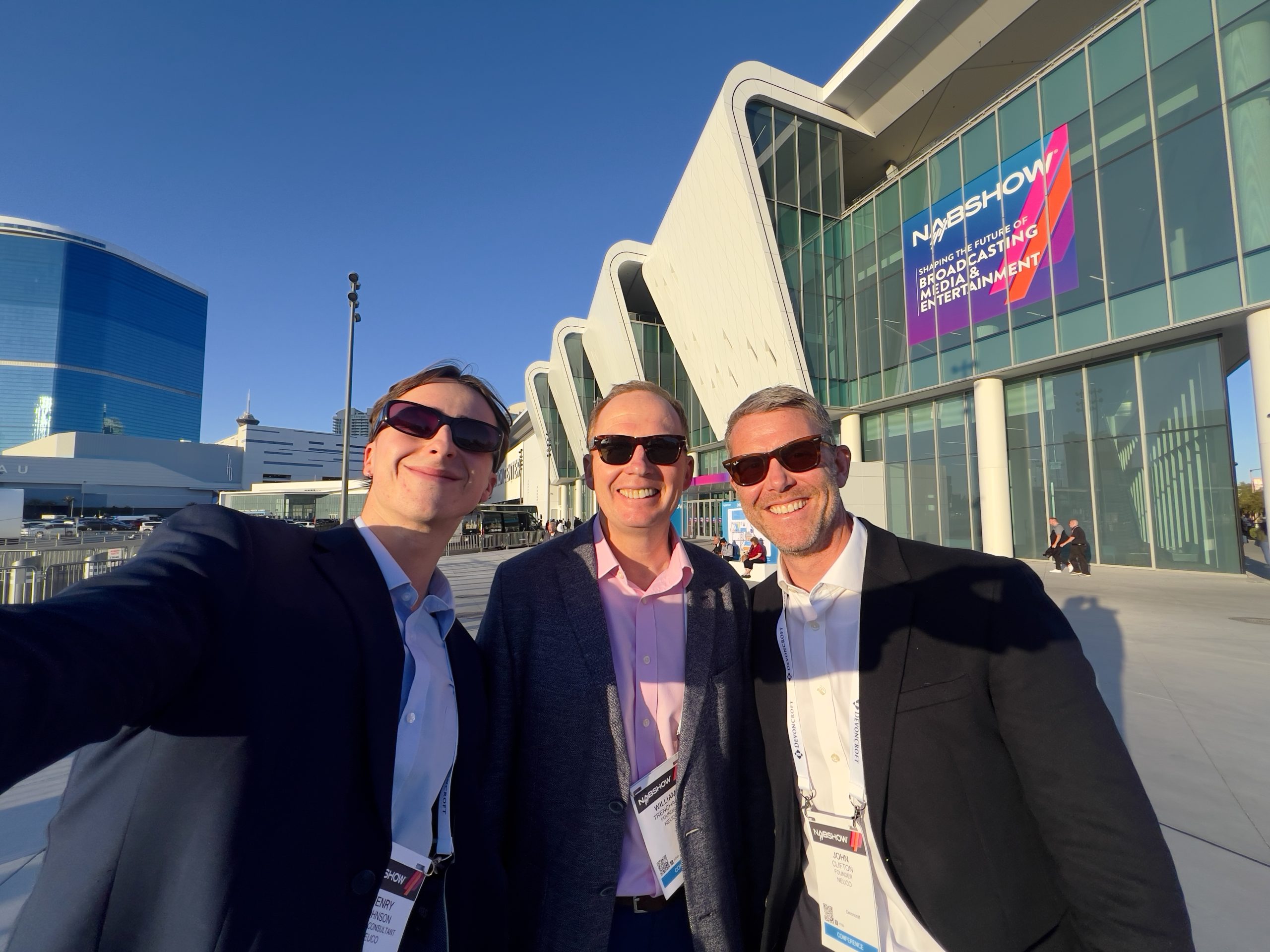Earth Observation data has countless applications, from disaster management to weather prediction. While governments have heavily invested in some of these applications, smaller players are also making big changes in the satellite sector. On Episode 44 of The Satellite & NewSpace Matters Podcast, we spoke with Michael Hurowitz, the Founder and CEO of Weather Stream, about how his company navigates the commercial complexities of making earth observation data accessible to everyone.
What are some of the biggest issues around being a data-driven space payer, where sometimes access to this information is critical to life?
If you look at traditional infrastructures such as government satellites, government data systems, and government built weather models, there’s an enormous economic benefit to them. There have been a lot of attempts to study that in as much detail as possible. From a company perspective, however, trying to play a role in that world is difficult because of the sheer complexity and costs of doing these things. The weather and climate space in particular is dominated by predominantly government infrastructure, so most of the skilled people we need are happily employed in research and operational environments.
However, without that investment from the public sector, there wouldn’t be an opportunity for companies like ours to exist, because if you try to build it all from scratch, the costs would be off the charts. We’re standing on the shoulders of giants and looking for those niche, high-value pieces of the problem that we can affect through a commercial business model.
Ultimately, if our data sits in a database, and it’s only pay-to-play, we’re not gonna be able to have the impact we want. But, at the same time, if we don’t bring enough revenue in to keep our investors happy and fund the satellite program, we’re not going to be able to meet our users’ needs. It’s strange to strike the balance between wanting to give away as much as you possibly can while supporting our fundamental business model. We still have to defend our use of resources to our investors.
Ultimately, the public sector is a little more stable, but also a little more risk-averse. The role that small businesses can play is to help take those risks that the public sector either shouldn’t take or doesn’t know how to take. Small teams of people can minimise the bureaucracy, try things, build as fast as we can, and be okay with working with a different mindset. If the public sector spends a billion dollars on a satellite program out of taxpayer money, it has to work and it needs to fulfil the mission requirements. Anything less, we would consider a failure.
At a startup, we have to take a different approach, but ultimately, we’re going to be measured on the quality of the product. If you can build a quality data product that is sufficient in its accuracy and timeliness to meet users’ needs, that’s the ultimate test. The problem to solve is, can you get there with a smaller budget? That’s a very difficult problem to solve.

Is satellite data or weather data accessible to all currently, and how does that fit into creating a viable business model?
There has been some really amazing progress internationally with the WMO 40 in particular. The WMO has been working with many countries for years now to establish one of the most efficient sectors on the planet in terms of sharing information, and we have removed barriers to sharing, import, and export data access. There are still infrastructure elements in the way, but even for an individual who’s interested in weather, you can go download the software if you have a suitable computer, and you can run these models yourself. Not that many people try to do that, but it’s all there. The core code is open source. It’s all freely available. All you really have to do is sign a few licence agreements and accept some of the terms that come with it, but there’s a lot to start with.
Every commercial enterprise in the weather sector has leveraged these capabilities. We all rely on government satellites, including their infrastructure, to start with. We connect that to our core technology, which is in-house and microbial radiometry that characterises the environment. We then connect that to end applications and try to figure out where in the value chain we can move the needle in a way that the government won’t try to do. For example, the government isn’t going to try to build bespoke solutions for specific industries, so that’s where our niche is.
What are some of the areas that the government hasn’t gotten into that Weather Stream is able to provide information for?
There’s data and then there’s applications. The data we’re talking about is the fundamental environmental conditions, the atmosphere, the surface of the Earth, the oceans, the sea, ice, snow, soil moisture, etc. Those are the datasets that the satellite programs are designed to acquire, but it’s about how you leverage that data. That’s where the industry comes in.
One of the barriers is actually just the technical know-how required to get started, which is a training issue. In terms of the applications that we focus on, there are so many interesting sectors like the insurance world where this data can move the needle for their businesses. When you talk to end users, you find all kinds of use cases where if we just had a little bit better resolution we could use it in new ways, and that moves the needle for us as a business. So that’s what we try to find – these day to day operations that have niche use cases for data that can enable new ways of doing business or new products and services.
Have you found it difficult to relay your value to particular sectors that may not think that using data from space would be beneficial to their industry?
There’s definitely an educational challenge/opportunity. It’s something that’s truly new and different, so it takes time to educate people on how to use it. One of the biggest challenges for what we do is that most of the environmental satellites are being consumed by other complicated modelling systems and data systems, so by the time it gets to an end user, it’s gone through multiple levels of abstraction. When you’re looking at a weather forecast, people don’t really understand what data simulation is. In reality, people are looking at how we deal with things like rainfall, how we think of storms, etc. How do you take a real-world storm and then assign a 5, 10 or 25-kilometre grid and say, ‘Within this one cell, there’s all this physics going on, but we have to treat it as one cell’? We need advancements in all of those areas to improve our understanding.
To find out more about the weather and Earth Observation sectors, tune into Episode 44 of The Satellite & NewSpace Matters Podcast here.
We sit down regularly with some of the biggest names in our industry, we dedicate our podcast to the stories of leaders in the technologies industries that bring us closer together. Follow the link here to see some of our latest episodes and don’t forget to subscribe.


